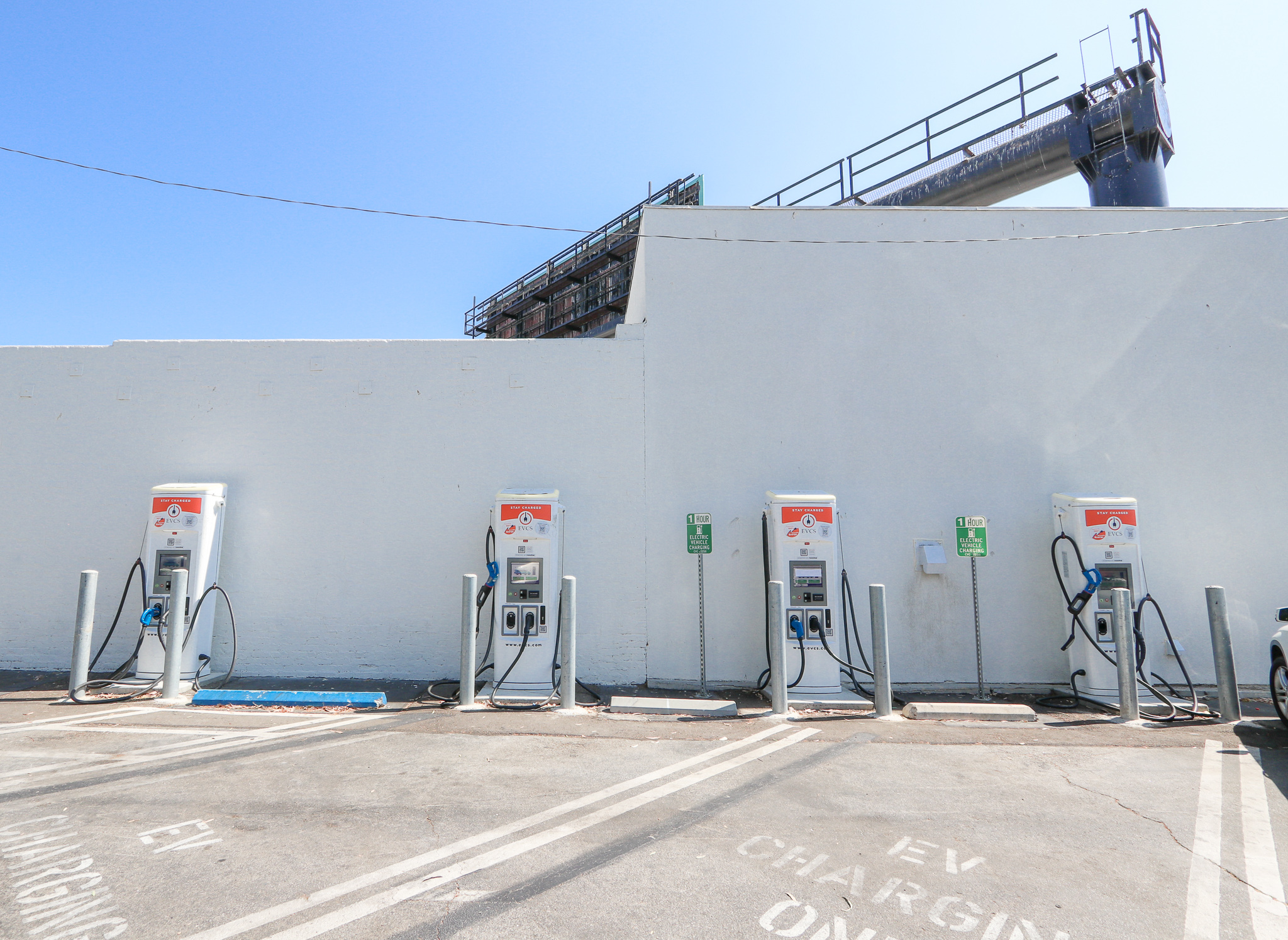Navigating California’s New EV Mandate
California’s going all in on electric. On August 25th, Governor Gavin Newsom made a very important announcement concerning the future of transportation in the Golden State: “We can solve this climate crisis if we focus on the big, bold steps necessary to cut pollution. California now has a groundbreaking, world-leading plan to achieve 100 percent zero-emission vehicle sales by 2035.” Big and bold, indeed. And while highly encouraging, it brings up a number of questions moving forward.
READ MOREHow EVCS is Repairing Reliability Concerns
One of the biggest concerns among EV drivers today is the reliability of public chargers. One recent survey from the Department of Bioengineering at UC Berkeley claims as many as 23% of public chargers in the Bay Area alone are, as Wired sums up, “nonfunctioning at any given time, stymied by broken screens, shoddy credit card or payment systems, network connection failures, or damaged plugs.” And that’s in a locale prioritizing the conversion to electric. Testimony from motorists seems to corroborate these findings. A CEC survey of 1,290 EV drivers found that fully 60% had experienced damaged or inoperable chargers, while almost half needed assistance from customer service. We find this wholly unacceptable and have taken measures to ensure that chargers in the EVCS network rise to the standard of operability our customers expect. Here are a few ways we’re doing that:
READ MOREInstallation of the Month (July 2022): Kenwood Inn & Spa
A key focus for us over the last several years has been the installation of additional chargers at holiday hot spots, tourist destinations, and other key points of interest. Not only will it help dispel long-range travel anxiety among many new EV drivers, but it will also lead to a significant reduction in carbon emissions otherwise generated by gas-guzzlers during peak vacation seasons. Moreover, our egalitarian approach to site selection means we’re just as likely to install a charger at a McDonald’s as we are at a Morton’s since we understand the value in catering to a broad clientele. However, higher net worth individuals continue to drive EV sales in the US (a June 2021 Fuels Institute study specifies middle-aged males with household incomes over $100,000), so catering to venues that offer a luxury experience will encourage even greater participation by this group while serving as a bellwether for lower-income drivers who are attracted to the idea of electric mobility as a symbol of status.
READ MOREMexico to Canada EV Road Trip: EVCS Interview
We sat down with EV owner and enthusiast Anthony Williams, a 60-year-old business owner from San Diego, who recently commemorated the 10-year anniversary of his first trans-American road trip in an EV by retracing the same route to see what had changed in the world of EV fast charging, for better or for worse. Below are some of his insights and feedback.
READ MOREInstallation of the Month (June 2022): KPC Anaheim Global Medical Center
“For us, healthcare is not only about caring for our patients, but also about investing in the people who live in our communities.” These are the words emblazoned across the home page of the KPC Anaheim Global Medical Center’s website. Facilities like these are attractive partners for us because, like us, their goal is the betterment of humanity. In fact, just replace “healthcare” with “electric mobility” and “patients” with “planet,” and you have the EVCS mission statement in a nutshell. Allying with kindred spirits creates a natural synergy for us through the sharing of core values like customer service and an improved quality of life. Imagine then our excitement when KPC decided to install four of our newest DC fast chargers on their Anaheim property, giving us the opportunity to continue expanding our network southward.
READ MORE.svg)
.svg)

.svg)












